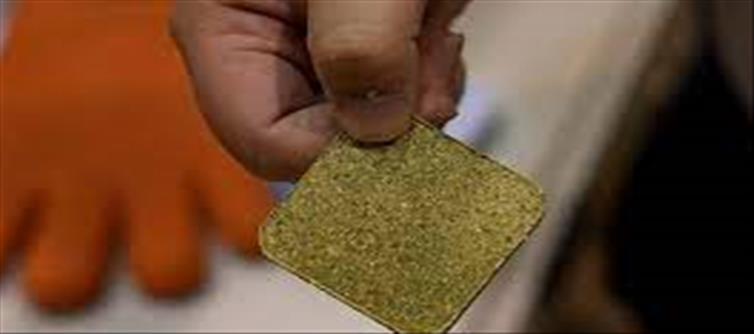
Scientists have prepared a new alternative to cement. Researchers Kota Machida and Yuya Sakai from the university of tokyo have developed a technique for making cement from food waste. This use of food waste is also an important discovery from the point of view of environmental protection. Soon this cement will be used for housing construction.
Researchers have created cement for the first time in the world using food that is perishable. He says that the strength of cement manufactured by him is four times higher than that of normal cement. Scientists say that this will also help in reducing the effect of global warming. Along with this, the methane gas emitted by the decomposition of food waste will also be reduced. Methane gas causes harm to both the environment and humans.
.jpg)
There will be a reduction in the use of concrete
Sakai, associate professor of industrial science, says that this research will reduce the use of concrete. Worldwide, more than eight percent of carbon dioxide emissions are due to cement production. This is polluting the environment. Scientists told that they first developed wood powder through heat compression. After this, cement was prepared under a three-stage process. The research team used plastic in the cement that had previously been prepared from food waste. However, it did not achieve much success. After a few months of failure, scientists realized that using the pressure technique at higher temperatures would yield positive results. The biggest challenge was regarding the selection of food waste.
.jpg)
Characteristics of cement
The team said that they have successfully prepared cement by mixing tea leaves, orange and onion peels, Chinese cabbage and leftover food from lunchboxes. The color, smell and taste of cement can be quite attractive by adjusting the various spices, he said. To eat it, you just need to break it into pieces and boil it. The cement will need a coating of Japanese lacquer to make it waterproof and protect it from being eaten by insects. Food wastage is a huge problem around the world including Japan. In the year 2019, 5.7 million tonnes of food waste was generated in Japan. The government has set a target to reduce this to 2.7 million tonnes by 2030.

Currently made cups and cutlery
Last year, researcher Machida, along with two childhood friends, founded Fabula Inc. A company named They are working with other companies towards making cups, cutlery and furniture from edible cement. The researchers said that cement made from food waste can be very useful in an emergency. Our hope is that instead of the cement made by harming the environment, we will be able to use such cement which can give us a better tomorrow.




 click and follow Indiaherald WhatsApp channel
click and follow Indiaherald WhatsApp channel